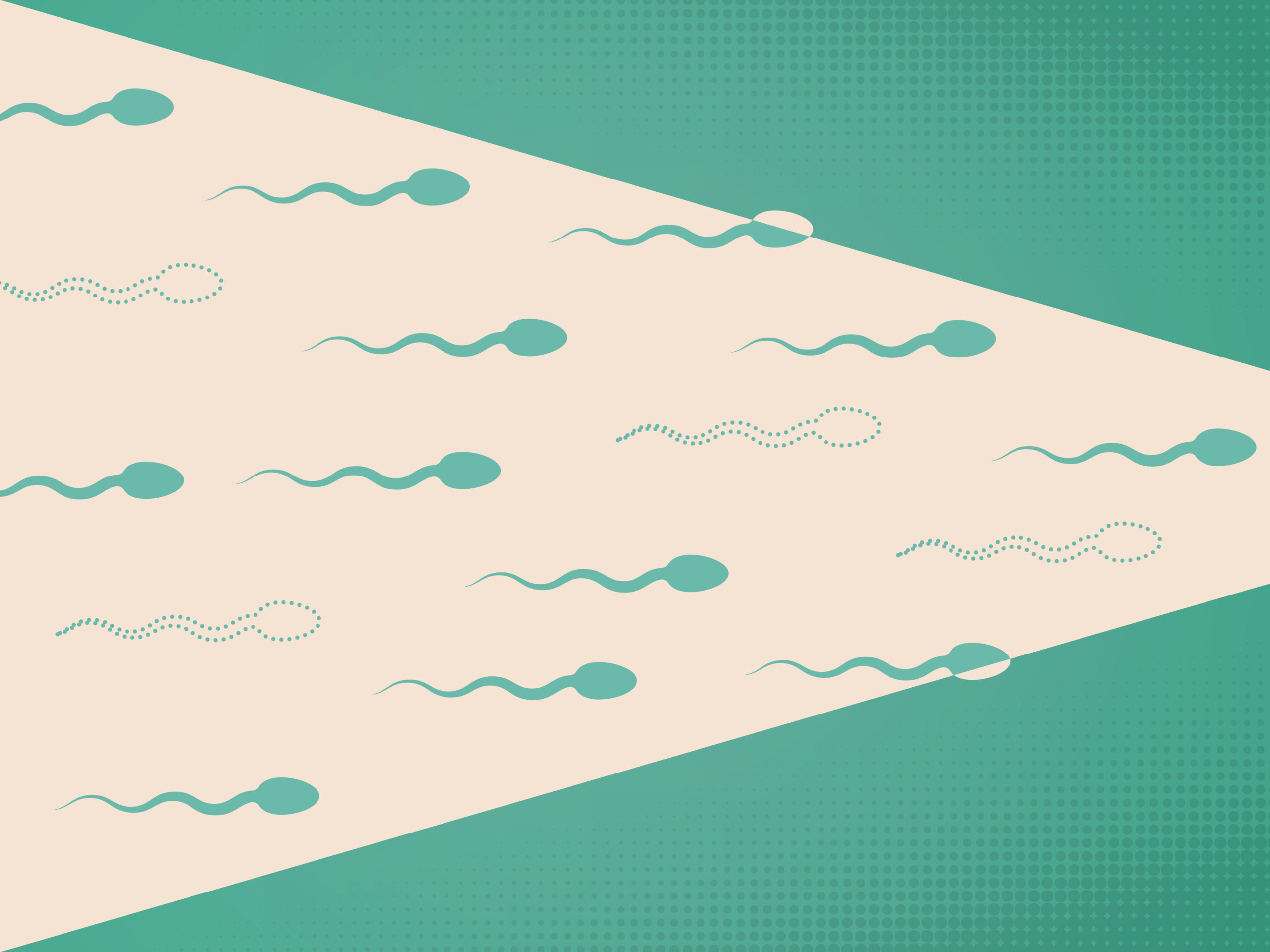If you’re a woman, you can choose from several contraceptives. Birth control pills, intrauterine devices (IUDs), implants, injections, diaphragms and even the ‘morning after’ pill.
Yet there are still only two types of male contraception: condoms or a vasectomy. One isn’t always reliable or preferred and the other is generally permanent.
Surely we can make more contraceptives for men, right?
IT’S NOT FOR LACK OF TRYING
Scientists have been trying to create male contraceptives since at least the 1970s.
They first started clinical trials for hormonal contraceptives. The aim was to block sperm production by injecting either testosterone or a mix of testosterone and progestin into the body.
While these clinical studies had good success rates, they were often stopped after participants reported side effects such as acne, depression, changes in libido and weight gain.

GIPHY
Ironically, many women experience these side effects – or worse – when taking birth control.
Research on a segesterone acetate gel that is applied to the shoulders is still under way.
Non-hormonal approaches have included gene disruption technologies, the use of a Chinese herb that caused sperm deformation in mice and monkeys, as well as the use of a epididymal peptidase inhibitor, which blocks sperm functions in monkeys.
FRISKY BUSINESS
Scientists have faced many barriers in the creation of a male birth control.
Unpleasant side effects, limited funding interest and lengthy regulatory procedures, to name a few.
On top of that, hormonal and non-hormonal strategies require months of continuous treatment to be effective. And to be reversible, they need to be stopped months before sex occurs.
This means an ‘on-demand’ approach hasn’t been available – and that’s considered an unattractive option for men.

GIPHY
YOURS OR MINE?
Society’s gender perceptions also come into play here.
Historically, preventing pregnancy has been framed as a ‘women’s issue’. The reasoning goes that, if you can get pregnant, you’re responsible for preventing it.
Another outdated attitude is that it’s acceptable to manipulate female sex hormones but testosterone, the male sex hormone, is seen as the essence of ‘maleness’, fixed and unchanging, and determined by only innate factors.

GIPHY
EXCITING DEVELOPMENTS
Nonetheless, effective male birth control could now be in sight.
In 2023, there have been two promising studies which may provide non-hormonal, short-term and reversible options.
In February, an American study discovered the enzyme that makes sperm swim. Researchers then developed a compound that blocks this enzyme, rendering male mice temporarily infertile.
In April, American researchers identified the gene responsible for normal sperm production in the testicular tissue of mice, pigs, cattle and humans. Eliminating the gene in mice caused infertility by changing their sperm count, movement and shape.
While it’s still early days, these breakthroughs could revolutionise the current birth control landscape – and help level the playing field.









